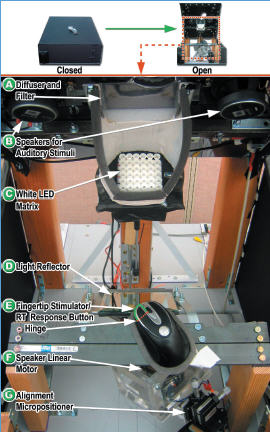Research Projects in Autism
APP And BRAIN Studies
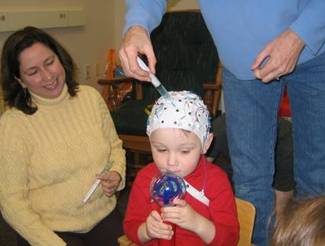
The Autism Phenome Project (APP), which began in 2006, is the largest and most comprehensive assessment of children with Autism ever attempted. The goals of this study are to distinguish among subgroups, or phenotypes, of autism, and link these different forms of Autism with distinct patterns of behavior and biological changes. This collaborative study, headed by Dr. David Amaral of the UC Davis MIND Institute, involves over 52 scientists from eight research areas. To learn more about the Autism Phenome Project, please visit the APP Website.
In 2017, the MIND Institute received an Autism Centers of Excellence grant to continue pursuing the aims of the APP through the new BRAIN (Brain Research in Autism Investigating Neurophenotypes) study. This study explicitly aims to focus on children with disproportionate megalencephaly, or big brains, both within and outside the autism spectrum. Findings from the APP suggest that children on the autism spectrum with big brains are a unique subgroup.
As part of the APP and the BRAIN, we use eye-tracking to study attention, language, and memory in autism, while we use event-related potentials (ERPs) to investigate sensory processing. We aim to use these data to understand and characterize the heterogeneity found within and outside the autism spectrum and to identify meaningful subgroups.
* This study is currently recruiting. If you are interested in participating, please contact us here.
BioMotion Study
The purpose of this research is to examine the perception and execution of biological motion in both autism spectrum and typical development. Biological motion (BM) is a term for the movement patterns made by animate beings, like humans. Individuals with autism often demonstrate impairments in detecting this type of movement (i.e., perception of BM) and in motor performance (i.e., execution of BM), both skills that are important for social interaction and communication.
This study represents BM using the two-thirds power law, an empirical model charactering human movement, in order to examine the association between performance in both perceptual and motor domains. Further, the study aims to explore whether the nature of this relationship may relate more broadly to social functioning. The study uses eye tracking as well as novel iPad methodology, in a group of children ages 4 through 8, to answer these questions.
* This study is currently recruiting. If you are interested in participating, please contact us here.

Study of Gesture Production and Processing
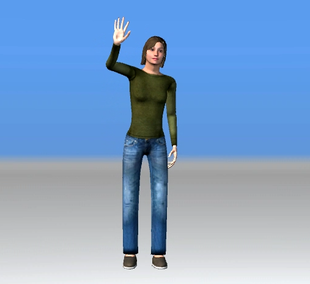
The goal of this study is to learn more about gesture processing and production in autism spectrum disorders (ASD). Impairments in gestural communication are central to a diagnosis of autism, yet little is known about differences in the neural systems that underlie gesture processing. Previous work suggests that individuals with autism have deficits in detecting biological motion (movement from humans or animate objects). This could explain some of the social impairments that are observed in individuals with autism, in that if they are unable to properly perceive and process biological motion present in nonverbal cues, such as gestures, they are missing a great deal of information that normally helps guide behavior during social interactions.
This study includes children aged 9 through 17, who are either typically developing or diagnosed with high functioning autism or Asperger’s syndrome. Participants will complete two components, one session that assess participants’ gesture production and imitation skills, and a second session that uses fMRI to examine neural activation patterns in typically developing children and children with ASD when they are presented with videos demonstrating gestures. It will examine relationships between the response patterns from fMRI, participant’s performance on neuropsychological testing batteries and participant’s gesture imitation performance.
*This study is no longer recruiting.
fMRI Studies of Motion Processing
Our lab is very interested in the possibility that a problem in visual processing could contribute to the symptoms of autism. Previous studies have found that some people with autism have difficulty interpreting and processing visual motion, especially when they have to interpret subtle or quick movements made by people. Such a deficit, especially if it occurred early in development, could have wide ranging consequences, particularly in the development of social understanding. We study visual motion perception in those with autism using behavioral and psychophysical tests, as well as neuroimaging (fMRI), to determine what level of the visual system is being affected.
*This study is no longer recruiting.
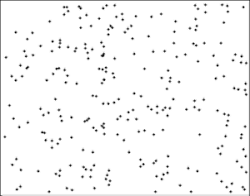
fMRI Studies of Mirror Neuron Processing
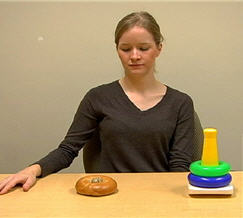
In this study, we are using a combination of MR and behavioral techniques to explore the functioning of a recently identified brain system known as the mirror neuron system. Neurons in this system appear to have the remarkable property of activating to an action in a similar manner whether the individual is making the action or is merely observing someone else make the action. Because of this, it is thought that the mirror neuron system supports our ability to understand the actions of others, to imitate, and perhaps even to experience empathy. As these are areas of deficit in autism spectrum diagnoses, it has been widely suggested that this system is somehow implicated in autism. Indeed, the work of other researchers has presented evidence that mirror neuron properties of certain brain regions in people with autism are somehow impaired. Our team is testing the extent and quality of this impairment in action and intention understanding. We hypothesize that the mirror neuron system in people with autism is not suffering from a global impairment.
Our participants are children and adolescents, ages 9 - 16 who are either typically developing or have "high-functioning" autism. Participants complete a battery of behavioral tests assessing social communication skills, and then view a series of videos while lying in the MR scanner. These videos show transitive and intransitive actions, and actions communicating conventional and unconventional intentions.
*This study is no longer recruiting.
Multi-Sensory Integration
Associated symptoms or features of autism may include deficits in attending and orienting in the environment as well as odd responses to sensory stimuli including: a high threshold for pain, over-sensitivity to noise, light, and touch, and exaggerated reactions to odors. In collaboration with Dr. Clifford Saron of the UC Davis Center for Mind and Brain, we are conducting a study examining multisensory integration (MSI) in children with autism and typically developing children. We use dense-channel array event related potentials (ERPs) elicited in response to visual (V), auditory (A), and somatosensory (S) stimuli delivered alone or in simultaneous combination. We predict (and preliminary data suggests) that compared with typically developing children, those with autism will show evidence of reduced MSI. One possibility is that this difference could be due to the training effects of encountering spatially mis-registered sensory inputs, such as when a person with autism looks away when someone is talking to them.
At the right: Under the "hood" of our tri-sensory desktop. Note speakers (B), LED's (C), and mouse button (E) for A, V, and S stimuli. Micropositioner (G) is used to adjust system alignment.
*This study is no longer recruiting.
